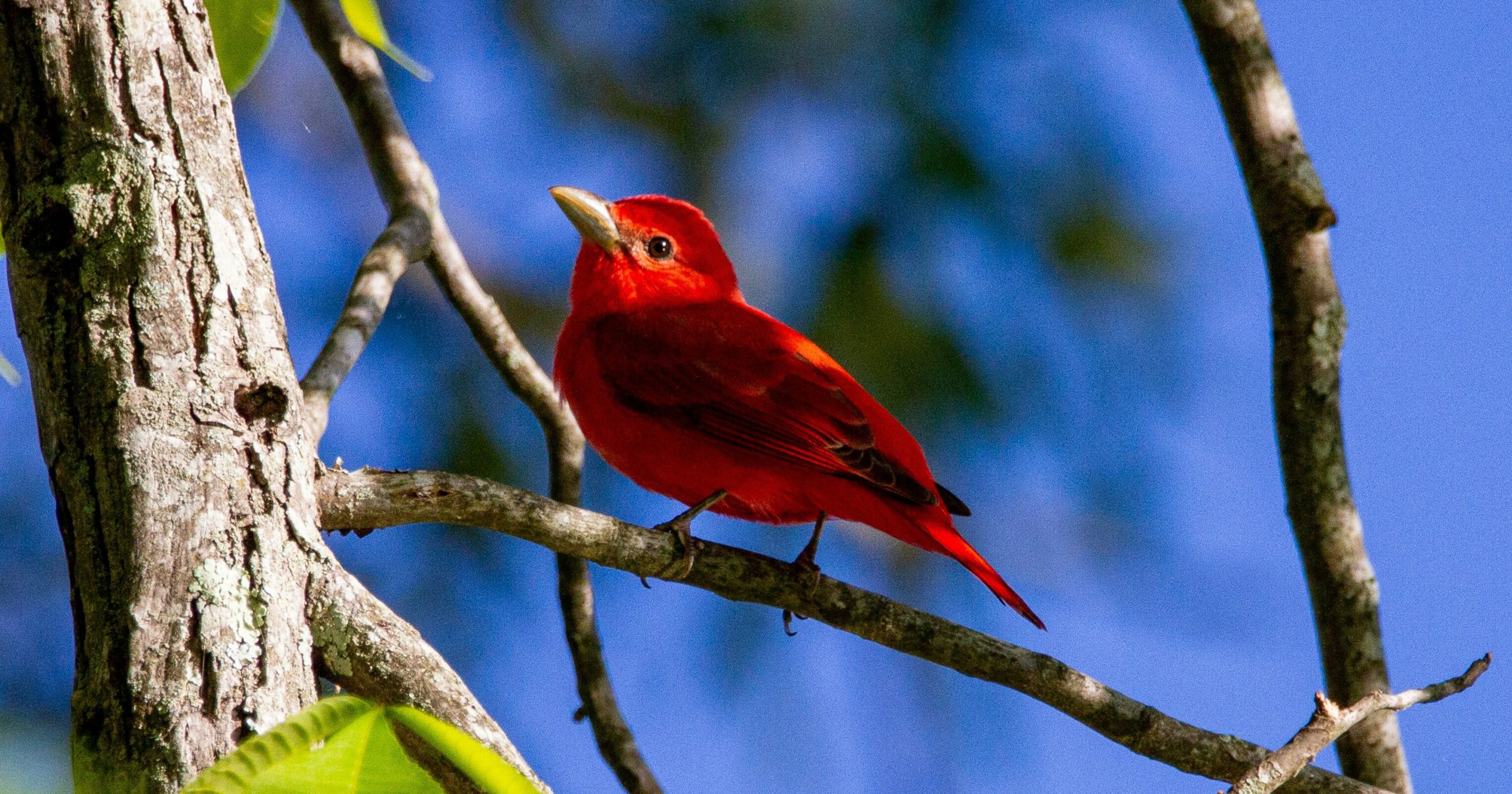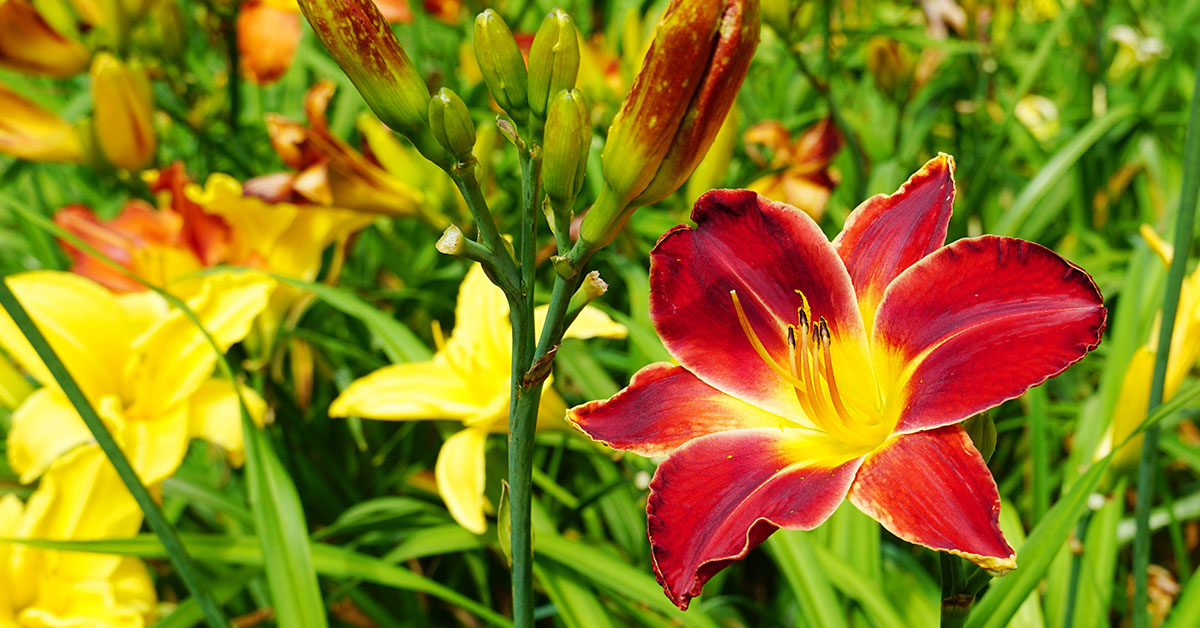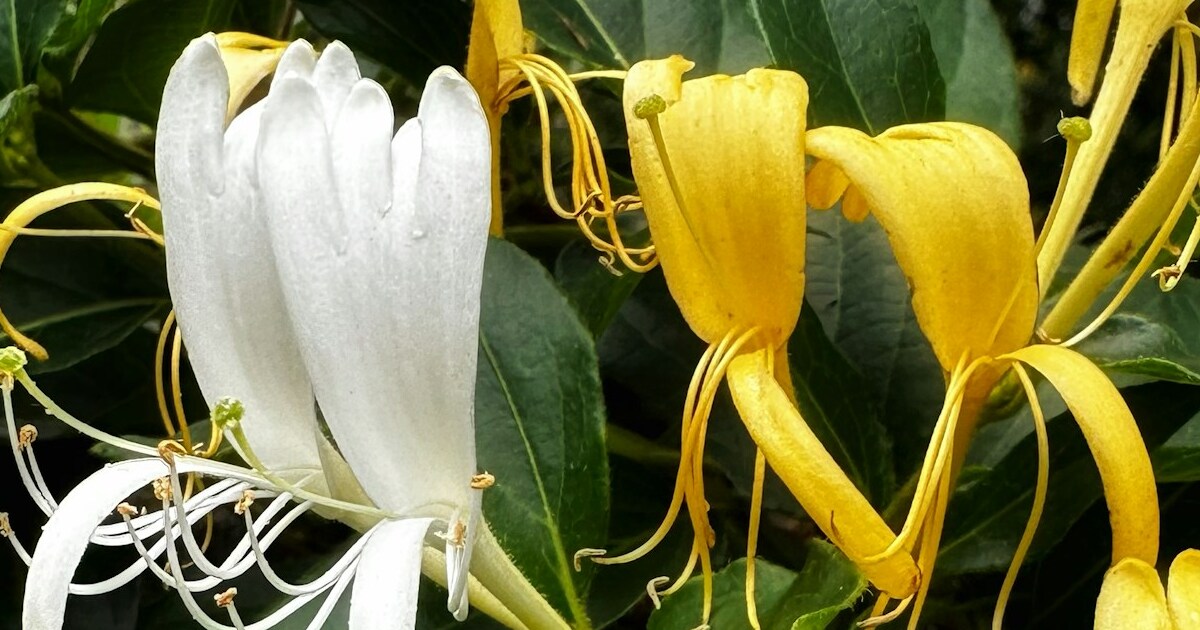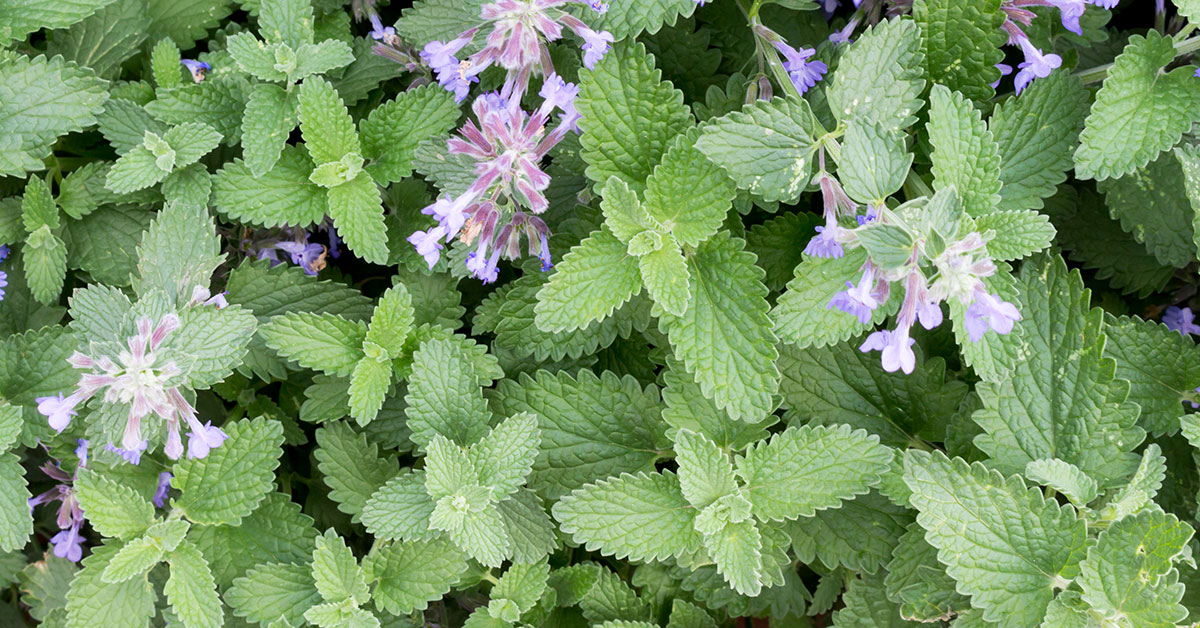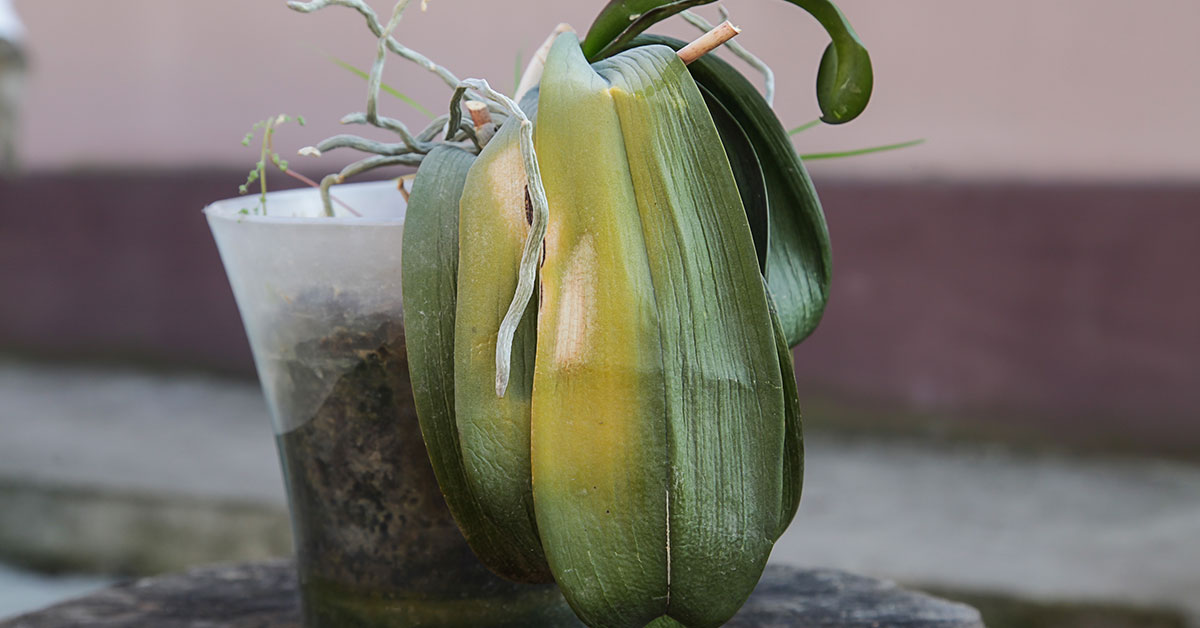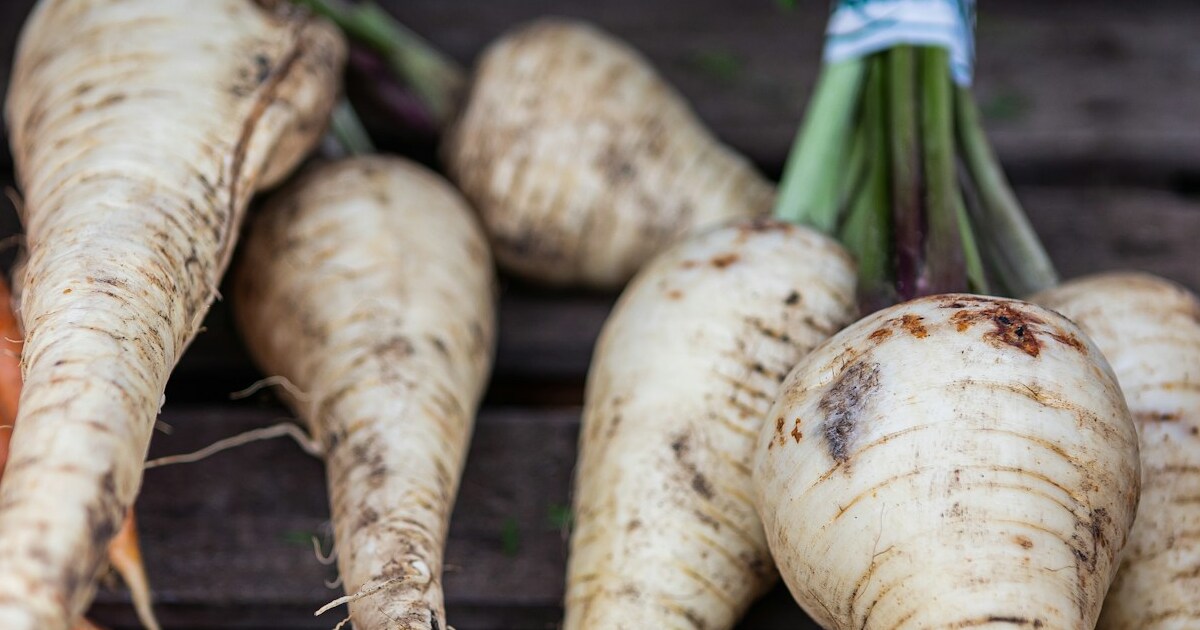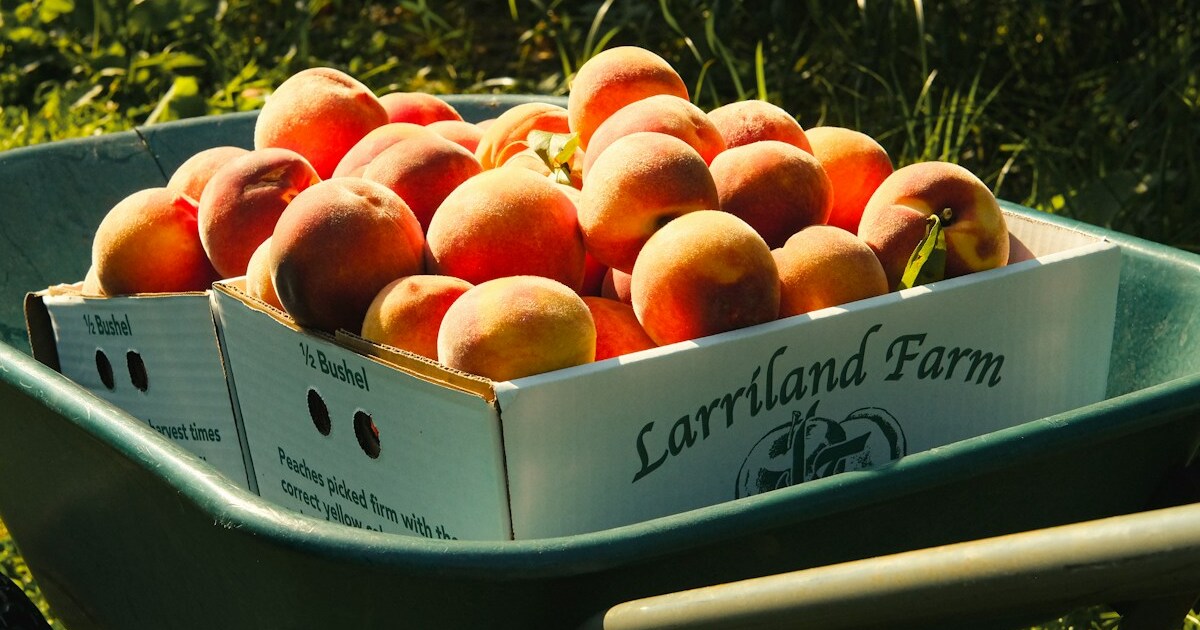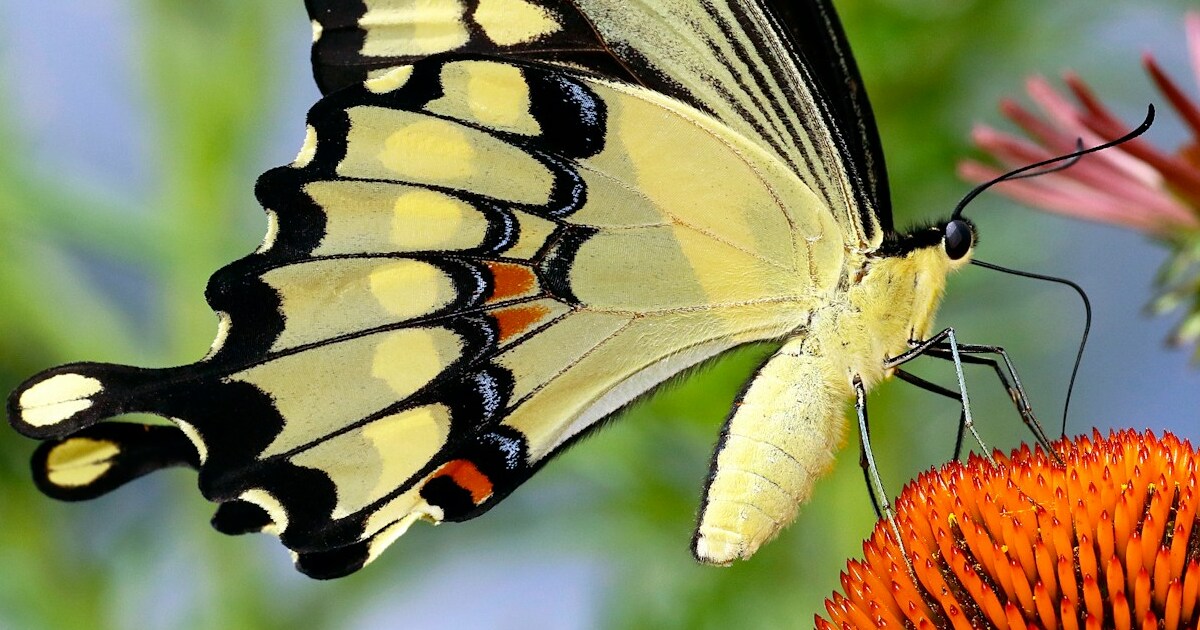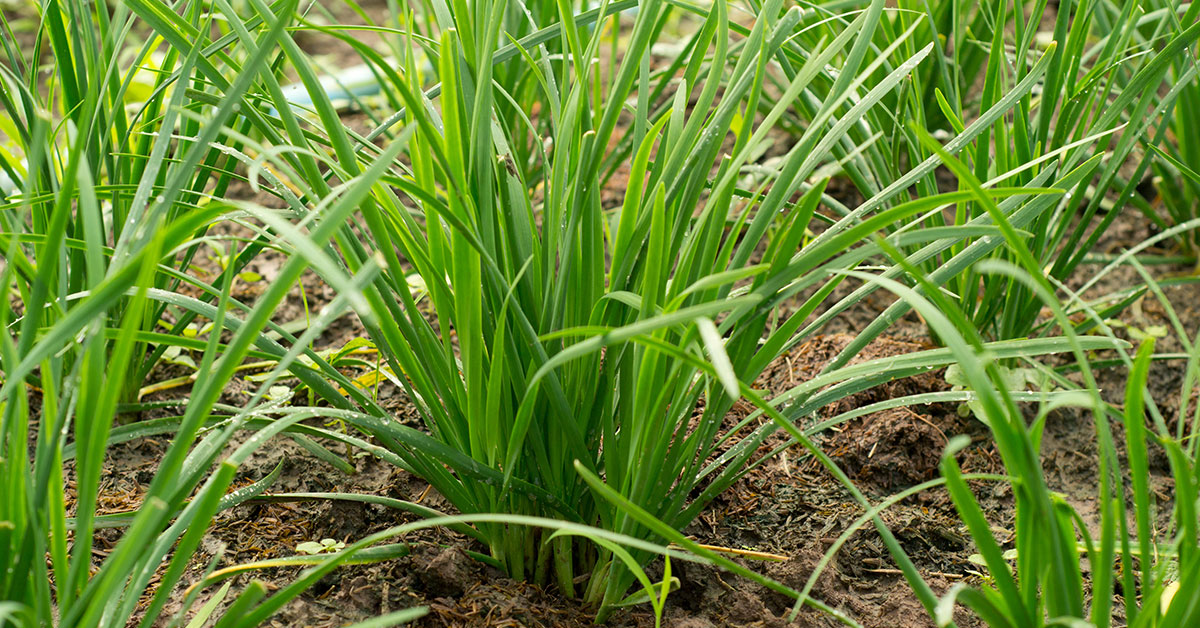Nothing disrupts a peaceful afternoon in the garden quite like a swarm of wasps. These aggressive insects can make outdoor spaces uncomfortable and even dangerous for those with allergies. But did you know there’s a natural ally in the fight against wasps? The Summer Tanager, a brightly colored bird known for its appetite for wasps and other stinging insects, can be a gardener’s best friend. Attracting this bird to your garden can help keep wasp populations in check, making your outdoor space more enjoyable.
In this article, we’ll explore how to attract the Summer Tanager to your garden. From creating a welcoming habitat to providing the right food sources, these tips will help you bring this beneficial bird to your yard. Let’s dive in and discover how you can encourage this natural predator to take up residence in your garden, helping to control wasps and other pests!
Plant Native Trees and Shrubs
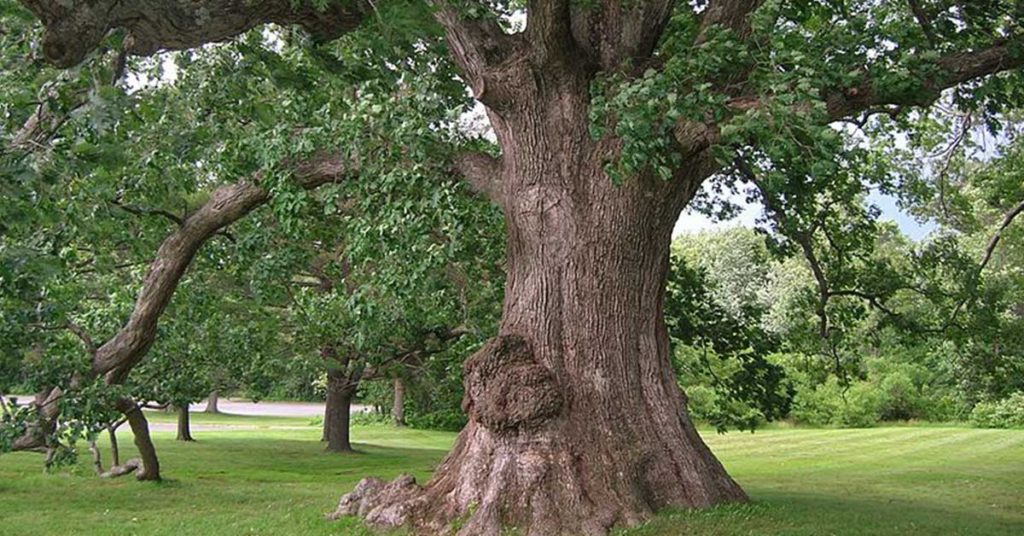
The Summer Tanager is a bird that thrives in natural, wooded environments, so planting native trees and shrubs is one of the best ways to attract it to your garden. These birds prefer habitats with plenty of tall trees where they can perch and hunt for insects. Oak, pine, and hickory trees are particularly favored by Summer Tanagers, as they provide both shelter and abundant food sources. Native trees and shrubs also support the insects that Tanagers feed on, creating a balanced ecosystem in your yard.
When selecting plants, choose native species that are well-suited to your region. Native plants are adapted to the local climate and soil conditions, making them easier to grow and maintain. They also provide the specific habitat needs for native wildlife, including the Summer Tanager. By planting a mix of trees and shrubs, you can create a layered environment that mimics the bird’s natural habitat, increasing your chances of attracting this colorful visitor.
Provide a Water Source
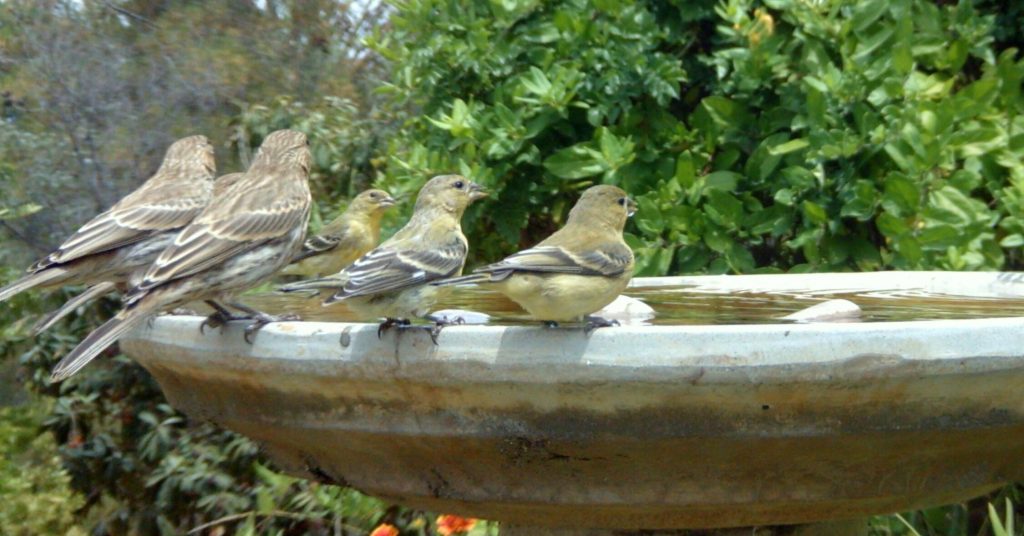
Like all birds, the Summer Tanager needs a reliable source of water for drinking and bathing. Providing a birdbath or small water feature in your garden can make your yard more attractive to these birds. Place the water source in a quiet, sheltered area near trees or shrubs where the birds can feel safe while they drink and bathe. The sound of moving water, such as from a fountain or bubbler, can be particularly enticing to birds, including Summer Tanagers.
To ensure the water remains clean and safe for birds, refresh it regularly and clean the birdbath frequently to prevent the spread of diseases. In addition to drinking water, Summer Tanagers enjoy bathing to keep their feathers in good condition. A shallow, wide birdbath is ideal, as it allows the birds to splash around comfortably. Providing a water source not only attracts Summer Tanagers but also benefits other bird species and wildlife in your garden.
Offer Insect-Friendly Plants
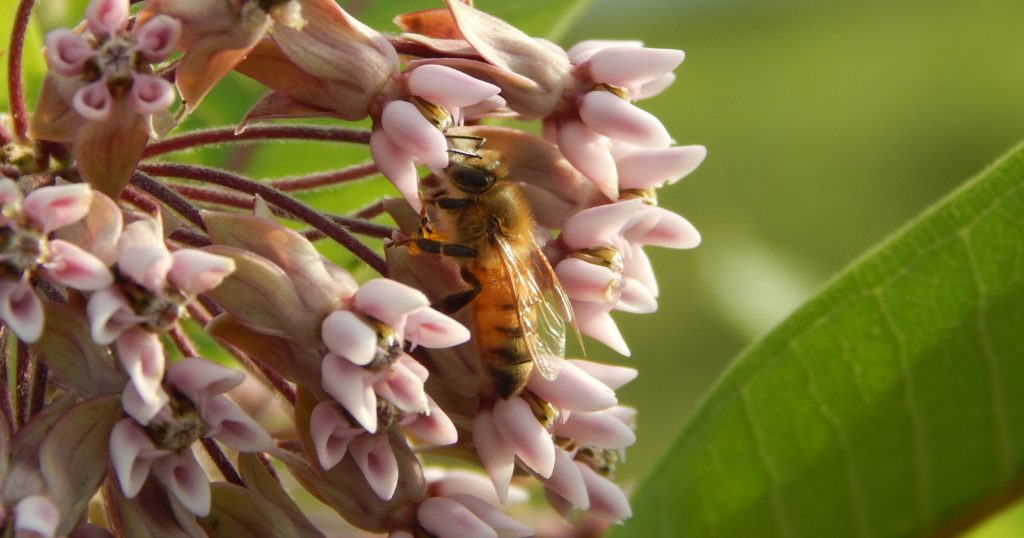
Since Summer Tanagers feed primarily on insects, planting a garden that supports a healthy insect population is key to attracting these birds. Choose plants that attract pollinators like bees, butterflies, and moths, as these will also draw the insects that Summer Tanagers prey on. Flowers such as milkweed, goldenrod, and coneflower are excellent choices for attracting a variety of insects. Additionally, avoid using pesticides, as these can harm the insects that Tanagers rely on for food.
By creating an insect-friendly garden, you’re not only supporting the Summer Tanager but also contributing to the overall health of your local ecosystem. Healthy insect populations are essential for pollination, which benefits all the plants in your garden. Plus, attracting beneficial insects can help control pests naturally, reducing the need for chemical interventions. This approach creates a sustainable, balanced garden where Summer Tanagers and other wildlife can thrive.
Install Nesting Boxes
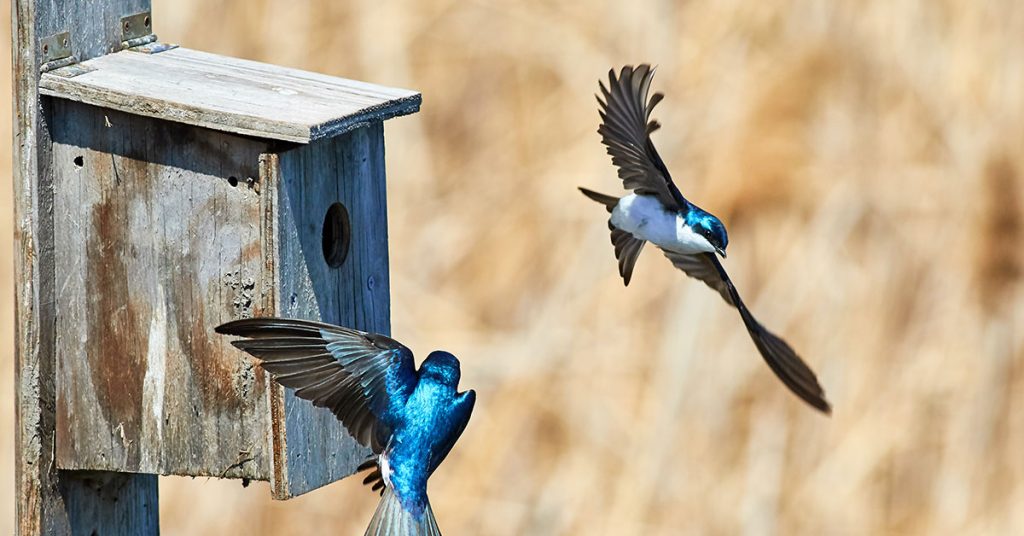
While Summer Tanagers typically build their nests in the branches of trees, providing nesting boxes can encourage them to stay in your garden during the breeding season. Nesting boxes should be placed in a quiet, sheltered area of your yard, ideally near the trees and shrubs where the birds hunt for food. The boxes should be mounted securely and placed at a height that deters predators, such as cats and raccoons.
When choosing a nesting box, look for one that mimics the natural cavities these birds might use in the wild. Ensure the entrance hole is appropriately sized for Tanagers, and consider adding a baffle or guard to prevent predators from reaching the eggs or chicks. Regularly cleaning the boxes between seasons will help maintain a healthy environment for the birds. By providing a safe place for Summer Tanagers to raise their young, you’ll encourage them to return to your garden year after year.
Reduce Lawn Space
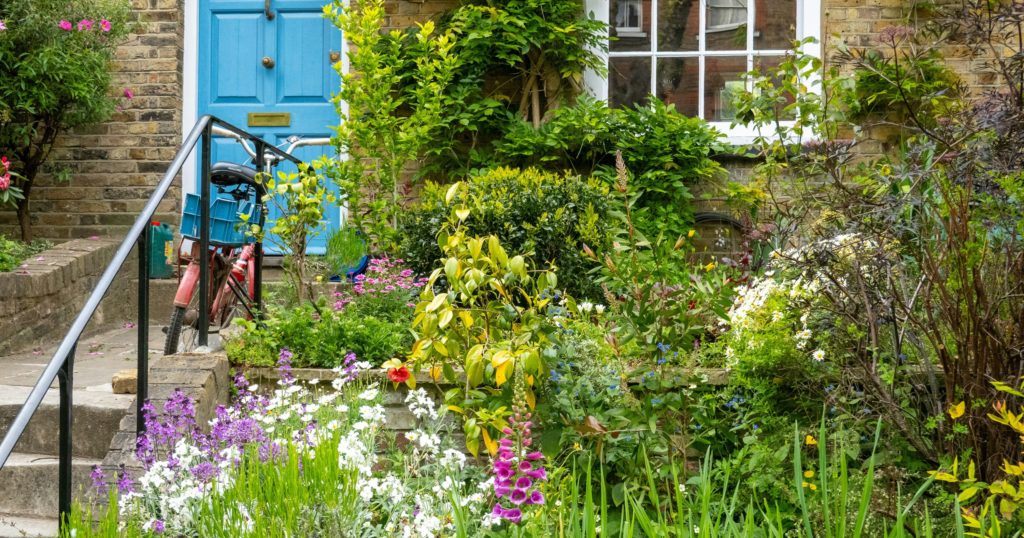
Lawns, with their short, uniform grass, provide little in the way of habitat or food for wildlife, including the Summer Tanager. Reducing the amount of lawn space in your yard and replacing it with native plants, trees, and shrubs can make your garden more inviting to these birds. Consider converting sections of your lawn into wildflower meadows or wooded areas, which are much more beneficial for attracting and supporting wildlife.
By reducing lawn space, you also decrease the need for mowing, watering, and chemical treatments, which can have a negative impact on the environment. Instead, focus on creating a diverse landscape that supports a variety of species. This approach not only benefits the Summer Tanager but also enhances the overall health and beauty of your garden. The more diverse your garden, the more likely you are to attract a wide range of birds, insects, and other wildlife.
Provide Suet and Mealworms
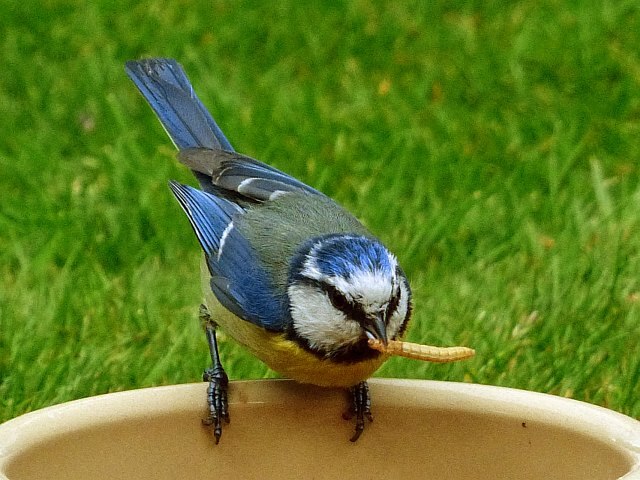
In addition to hunting insects, Summer Tanagers will also visit feeders, especially during migration and when food is scarce. Offering suet or mealworms can be an effective way to attract these birds to your yard. Suet is a high-energy food made from animal fat, and it can be mixed with seeds, fruits, or insects to create a nutritious treat for Tanagers. Mealworms, either live or dried, are another excellent option, as they mimic the bird’s natural diet.
Place suet feeders and mealworm trays in areas where the Summer Tanagers are likely to find them, such as near trees or shrubs where they already hunt for insects. Keep the feeders clean and fresh to ensure the birds keep coming back. By providing these high-protein foods, you can supplement the bird’s diet, especially during times when natural food sources may be limited. This is particularly helpful in attracting Summer Tanagers during migration or in early spring before insects become abundant.
Create a Safe Environment
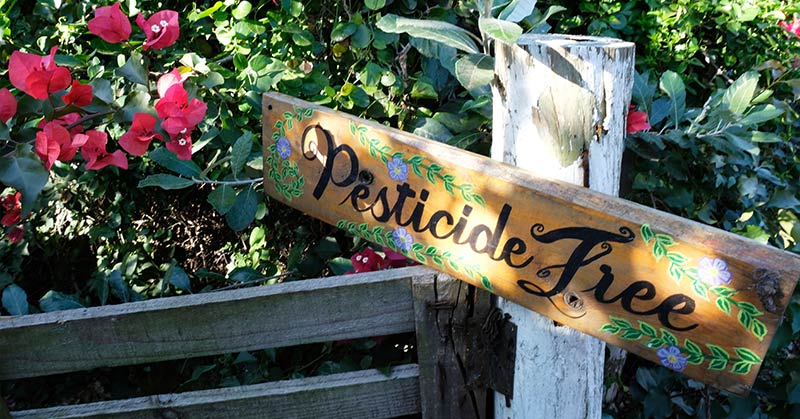
To attract and keep Summer Tanagers in your garden, it’s important to create a safe environment free from hazards. This includes keeping pets, especially cats, indoors or away from areas where the birds are likely to nest or feed. Additionally, avoid using pesticides or herbicides, which can harm both the insects that Tanagers feed on and the birds themselves.
Birds are also vulnerable to collisions with windows, so consider using window decals or screens to prevent accidents. Providing plenty of cover, such as dense shrubs and trees, gives Tanagers a place to retreat if they feel threatened. A safe, welcoming environment will encourage Summer Tanagers to return to your garden year after year, helping you keep wasp populations under control naturally.
Attracting Tanagers

Attracting the Summer Tanager to your garden is not only a great way to control wasps and other pests but also an opportunity to enjoy the beauty and vibrant color of this remarkable bird. By creating a habitat that meets the bird’s needs for food, water, shelter, and safety, you can encourage Summer Tanagers to make your garden their home. The presence of these birds will enhance your outdoor experience, making your garden a lively and dynamic place filled with the sights and sounds of nature.
Remember, attracting wildlife to your garden requires a thoughtful approach that balances the needs of all species. By focusing on native plants, providing natural food sources, and ensuring a safe environment, you can create a thriving ecosystem that benefits both the Summer Tanager and the overall health of your garden.


